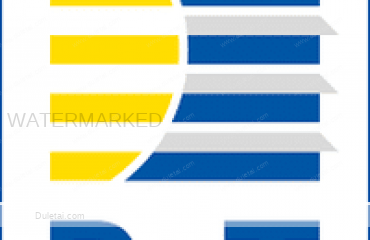Views: 115
According to the production process, PVC flex banner is divided into three types: PVC flex banner with knife scraping method, PVC flex banner with calender method and legal PVC flex banner.
Blade scraping
The knife-scraping method for PVC flex banner is to apply liquid PVC slurry uniformly to both the front and back sides of the base cloth with a number of anti-squeegee blades, and then completely combine them into a whole through a drying process, and then cool to form. Its characteristics are strong anti-penetration, tensile strength, and resistance to peeling. Because the upper and lower parts of the blade scraping method are a whole, the peeling phenomenon can be eliminated, and the strength of the splicing place can be greater than the product itself by welding. At present, the width of the PVC flex banner of this process can reach 5 meters. Due to the complicated production process and relatively expensive production equipment, such products are mainly imported in the Chinese market with relatively high prices.
Calendering
The calendering method is to fully agitate various raw materials such as PVC powder and liquid plasticizer, and then bond with the base cloth into a whole by the pressure of a high-temperature hot roller. Its characteristics are better surface flatness, and uniform light transmission, which has advantages on internal lighting cloth. But limited by the equipment, the width is generally not more than 3 meters.
Legal
Adhering to the PVC flex banner, the upper and lower layers are formed into a PVC film, which is heated and pressed under the pressure of a heat roller to the middle of the light guide fiber web, and then cooled and formed. The biggest feature of this process is that it has excellent ink absorption and strong color expression. Therefore, with the rise of large-scale inkjet printing industry, this kind of PVC flex banner has brought unlimited vitality. At present, the market share of this type of PVC flex banner in China has exceeded 70%.
Application of PVC flex banner:
1. Wedding photo studio, home decoration, architectural decoration, design institute, planning institute, product design center, bridge building, steam super thin and beautiful: she is ultra-thin and ultra-light, with elegant appearance. Its thickness is generally less than 3CM, which is only about 1/10 of the thickness of ordinary light boxes. Therefore, she maximizes space utilization, beautifies the environment, saves transportation costs, simplifies installation procedures, and broadens application scope. Especially the environment with strict requirements on space use, such as: elevators, public passages, shopping malls, supermarkets, subways, stations, etc., is the most ideal place for ultra-thin light boxes.
2. Decorative publicity projects for exhibition halls, museums, libraries, gymnasiums, art galleries, exhibition halls, opera houses, universities, middle schools, vocational schools, hospitals, banks, insurance, and securities.
3. Conference center, exhibition center, license center, municipal engineering, department stores, supermarket chains, shopping plazas, jewelry monopoly, cosmetics chain, beverage trade, tobacco and alcohol trade, fast food chain, drug chain, stationery center, boutique center, furniture Advertising promotion projects for centers, home appliance wholesales, musical instrument monopoly, etc.
4. Municipal flat lighting system, square ground light project, park attraction introduction project, local lantern festival project, community bulletin board project, waiting booth project, bank self-service withdrawal project, telephone booth project, power emergency project, building display project, airport access project, Subway station exit project, etc.
5. Beautification works of wall paintings of hotels, guesthouses, restaurants, villas, tea houses, western restaurants, cafes, cake shops, bars, karaoke rooms, dance halls, saunas, beauty salons, fitness rooms, health centers, etc.

